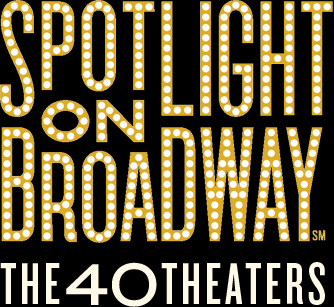At the height of the 1920s building boom, the Chanin brothers wanted to build an intimate theater.
Knowing it would not be economically viable, they built the Theatre Masque (now the Golden) as part of the complex with the larger Majestic and Bernard Jacobs theaters, making the enterprise more cost effective. All three theaters were stylistically linked through the romantic, eclectic style that Krapp and the Chanins called Spanish modern. In 1930 the Chanins transferred ownership of all three venues to the Shuberts. When John Golden assumed its management seven years later, he renamed it after himself. An actor, playwright, songwriter, producer, and successful businessman as well as a philanthropist, this was the third theater to be named after him. Golden’s shows catered to what he perceived was the public’s desire for clean entertainment. One of Broadway’s most beloved producers, he started the Stage Relief Fund and Stage Door Canteen. Golden ran the theater until 1946, at which time the Shuberts leased it to a foreign film exhibitor. Two years later it became a legitimate theater again, presenting extraordinary productions such as Waiting for Godot, The Gin Game, Crimes of the Heart, Falsettos, and Avenue Q.






















